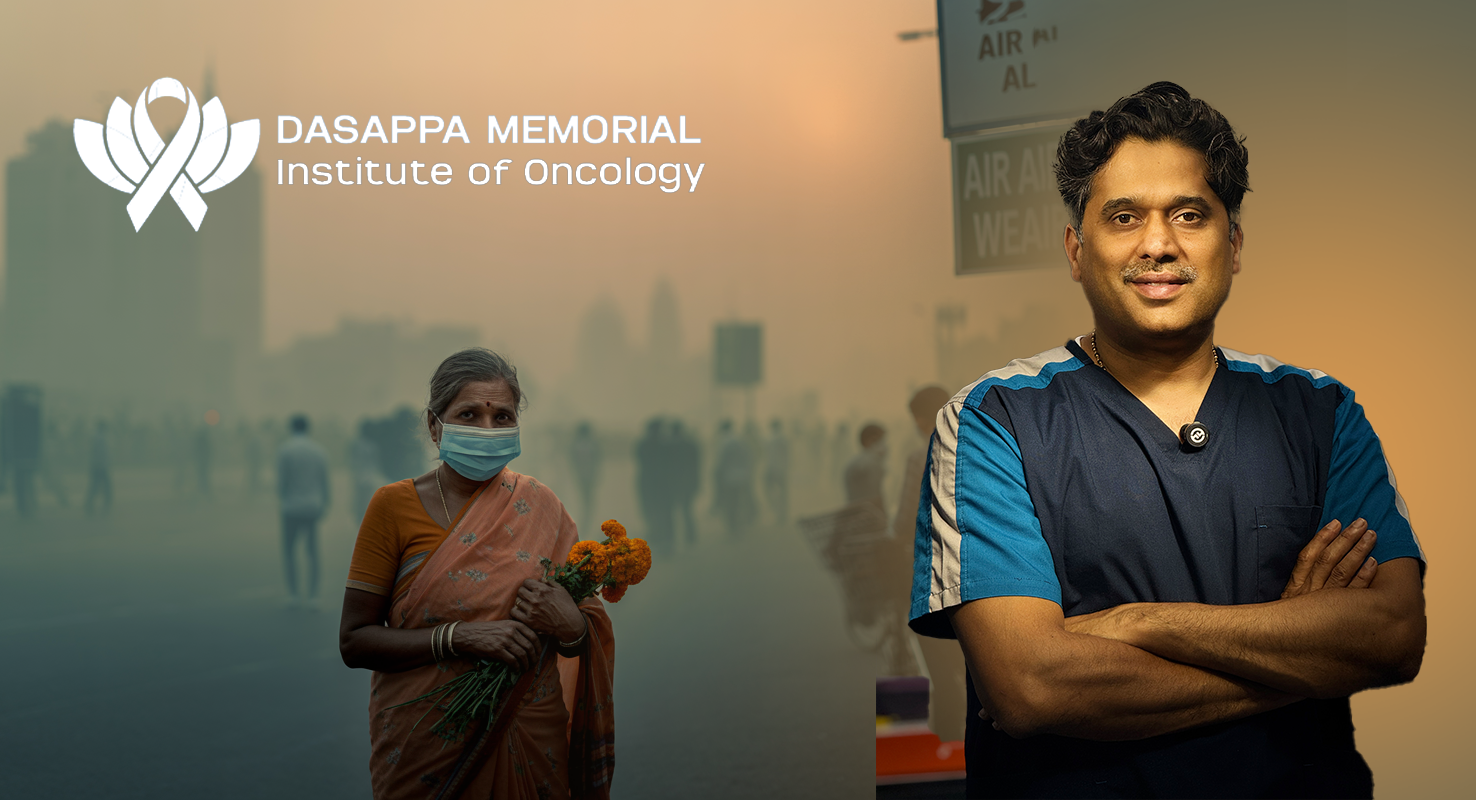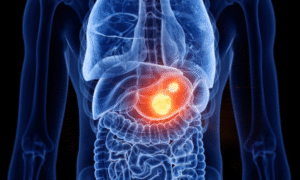By Dr. Pandu Dasappa, Surgical Oncologist
As a surgical oncologist practicing in Bengaluru, I meet patients and families every day who ask me: “Doctor, I have never smoked in my life. How did I get lung cancer?”
It is a difficult question, but the answer increasingly points toward something we all share — the air we breathe.
India’s air pollution crisis is no longer just about coughs, allergies, or breathing problems. It has become a cancer problem. According to the World Health Organization, outdoor air pollution and fine particulate matter (PM2.5) are classified as Group 1 carcinogens — meaning they are proven to cause cancer.
🌫️ What’s Lurking in Our Air?
In Indian cities, the air is filled with:
- PM2.5 and PM10 particles from traffic, industries, and construction.
- Nitrogen oxides and sulfur dioxide from vehicles and power plants.
- Polycyclic aromatic hydrocarbons (PAHs) from burning biomass, coal, and diesel — strongly linked to cancer.
- Volatile organic compounds (VOCs) from waste burning and industrial emissions.
These are not just pollutants — they are cancer-causing agents. And unlike smoking, where the individual makes a choice, air pollution affects everyone, every day.
🧬 The Link Between Air Pollution and Cancer
Globally and in India, studies have shown:
- Lung Cancer: Increasing cases among non-smokers, especially in polluted cities like Delhi, Lucknow, and Kolkata.
- Bladder Cancer: Associated with long-term exposure to polluted air.
- Childhood Cancers: Some links with leukemia due to traffic-related pollution.
- Breast Cancer: Emerging evidence points to urban pollution as a contributing factor.
In my own practice, I am seeing younger patients presenting with lung cancer, many of whom have never touched tobacco. This is worrying and points toward our environment as a key culprit.
🇮🇳 Why India is at Higher Risk
Our urban environment has unique challenges:
- Crop stubble burning in North India every winter.
- Unregulated construction dust.
- Rapidly increasing diesel vehicles.
- Heavy reliance on coal-based power.
- Weak enforcement of clean air regulations.
These factors combine to make Indian air among the most toxic in the world.
🛡️ What Can We Do?
Policy and Public Health
- Strengthen and implement the National Clean Air Programme (NCAP).
- Invest in clean energy and reduce coal dependency.
- Improve urban public transport to reduce vehicular emissions.
- Enforce industrial emission standards strictly.
Individual Measures
While we wait for systemic change, there are steps individuals and families can take:
- Wear N95 masks during peak pollution days.
- Use air purifiers at home for children, elderly, and cancer patients.
- Avoid early morning outdoor exercise during smog episodes.
- Encourage greenery — even small gardens and indoor plants help.
🌍 My Message as an Oncologist
Cancer is not always about lifestyle choices alone. Sometimes, it is about the choices society makes about development, energy, and environment. Clean air should not be a luxury; it should be a fundamental right.
If we want to reduce the cancer burden in India, fighting tobacco use is critical — but equally important is the fight for cleaner air. Every step we take toward reducing pollution is also a step toward preventing cancer.
✍️ Dr. Pandu Dasappa
MBBS, MS (General Surgery), MCh (Surgical Oncology)
Consultant Surgical Oncologist, Bangalore







